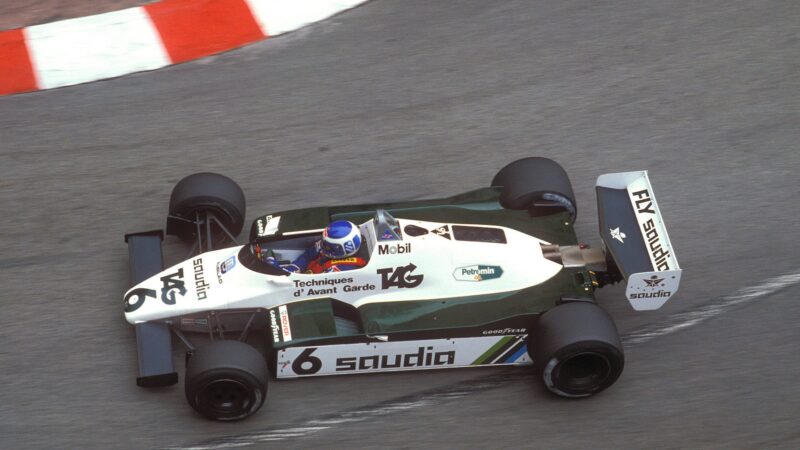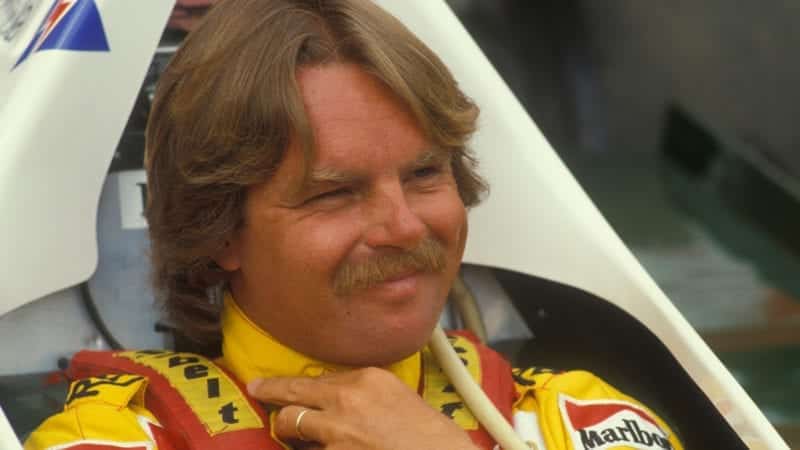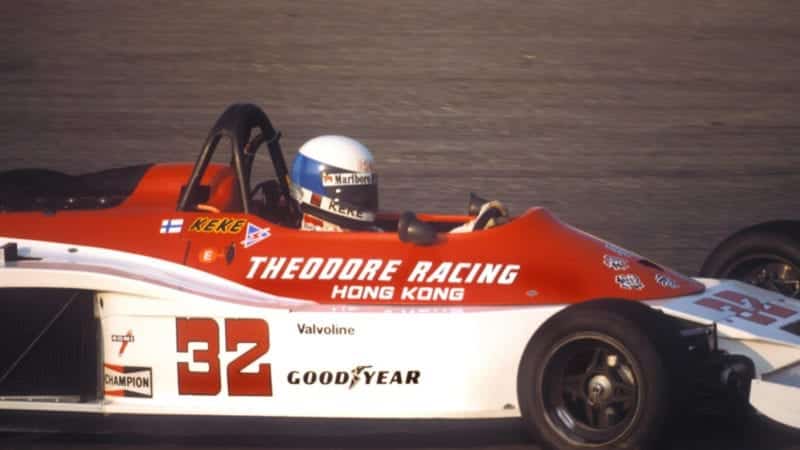The timing was good. A month later James Hunt walked away from his Wolf Racing F1 drive and Rosberg was offered the seat. He combined F1 with CanAm races for Paul Newman in the USA and for the first time, things were looking good.
But the Wolf was not a great car and at the end of the year the team was sold to Fittipaldi. Rosberg came with the deal. It started well enough with a podium from 13th on the grid in Argentina but it was effectively two years in uncompetitive machinery. They included some tense moments, one prompted by going around the outside of Emerson Fittipaldi in front of his home fans at Interlagos!
At the end of ’81, while on holiday in California, Rosberg’s F1 life was changed by a phone call from Williams. Alan Jones was retiring unexpectedly. Would Keke like to come to Paul Ricard for a test?
“I’ll swim there if I have to!” Keke replied.
With turbo cars in the ascendancy, 1982 was one of the most dramatic in the sport’s history. Ferrari’s 126C2 was the class of the field but Gilles Villeneuve died in a qualifying accident at Zolder and team mate Didier Pironi had a career-ending shunt at Hockenheim. The new BMW-turbo powered Brabham was having reliability issues and Rosberg’s first GP win at Dijon and a season of battling, consistent performances with the Cosworth-powered Williams FW08 was enough to give Keke the title after a season-ending title showdown also involving John Watson in Las Vegas!

Rosberg clinched an unlikely title in 1982 with the Williams FW08
Grand Prix Photo
In ’83, the turbos were in full stride but that did not stop Rosberg qualifying fifth, gambling on slicks on a wet track at the start and turning in a scintillating drive to win.
Williams’ first Honda-powered turbo car, the FW09, flexed too much but, in ’85, its first carbon car, FW10, allowed Rosberg to set his famous Silverstone pole – the first F1 lap at an average speed of more than 160mph. Wins in Detroit and Australia brought him third place in the championship before Keke moved to McLaren for his swansong season in the top flight with McLaren in 1986 alongside defending champion Alain Prost. Rosberg’s more flamboyant, tail-out style was never well-suited to a car set-up for Prost, who preferred more of an understeer balance.



